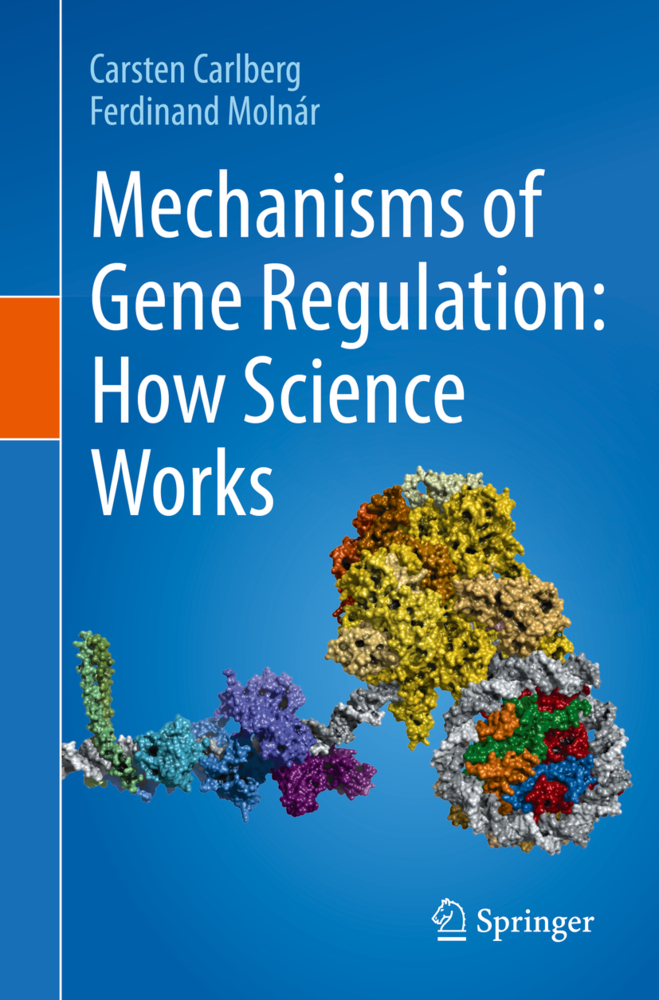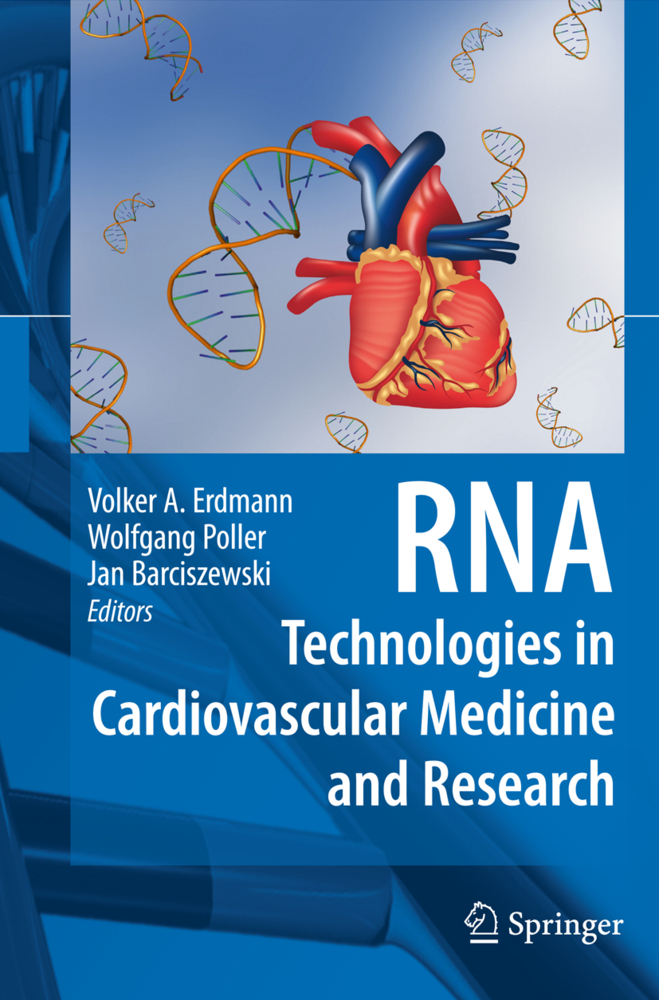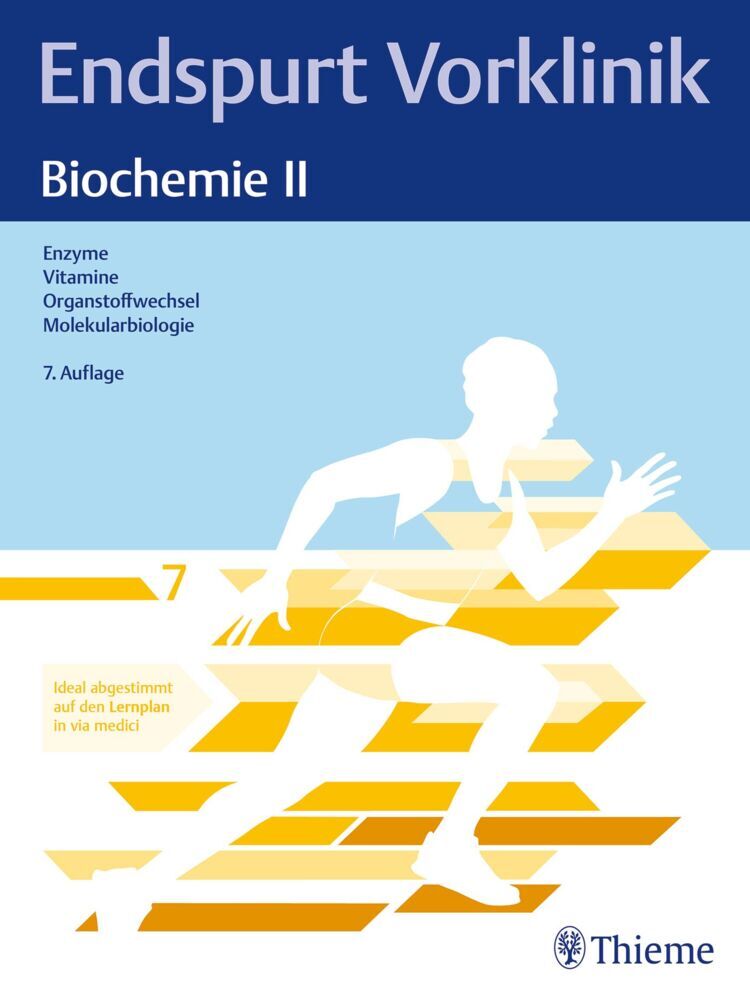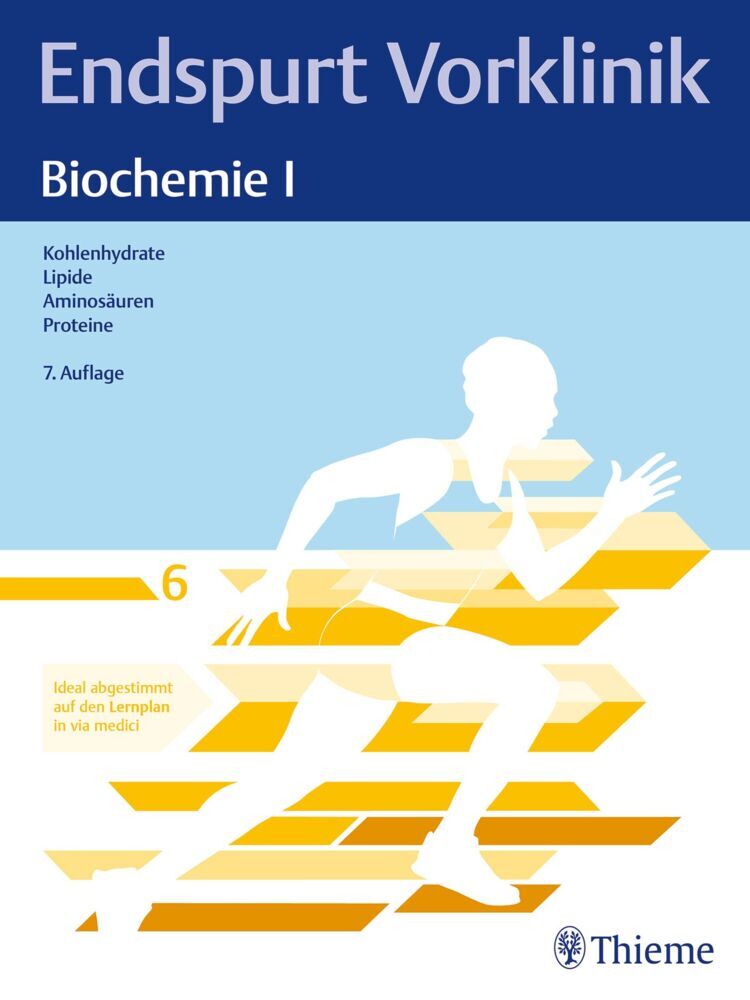Mechanisms of Gene Regulation: How Science Works
Mechanisms of Gene Regulation: How Science Works
This textbook aims to describe the fascinating area of eukaryotic gene regulation for graduate students in all areas of the biomedical sciences. Gene expression is essential in shaping the various phenotypes of cells and tissues and as such, regulation of gene expression is a fundamental aspect of nearly all processes in physiology, both in healthy and in diseased states. Th is pivotal role for the regulation of gene expression makes this textbook essential reading for students of all the biomedical sciences, in order to be better prepared for their specialized disciplines. A complete understanding of transcription factors and the processes that alter their activity is a major goal of modern life science research. The availability of the whole human genome sequence (and that of other eukaryotic genomes) and the consequent development of next-generation sequencing technologies have significantly changed nearly all areas of the biological sciences. For example, the genome-wide location of histone modifications and transcription factor binding sites, such as provided by the ENCODE consortium, has greatly improved our understanding of gene regulation. Therefore, the focus of this book is the description of the post-genome understanding of gene regulation.
Central dogma of molecular biology.- Impact of chromatin structure.- Epigenetics enables gene expression.- Gene regulation in the context of nuclear architecture.- Core promoter.- TATA box and other core promoter elements.- Genome-wide core promoter identification.- TFIID and Mediator as paradigms of multi-protein complexes.- Site-specific transcription factors and their domains.- Classification of transcription factors.- Activation of transcription factors.- Programing cellular differentiation by transcription factors.- Inflammatory signaling via NF-KB.- Sensing cellular stress via p53.- The nuclear receptor superfamily.- Molecular interactions of nuclear receptors.- Physiological role of nuclear receptors.- Next-generation sequencing.- Gene regulation in the context of Big Biology.- Exploring genome-wide transcription factor binding.- Integrating epigenome-wide datasets.- Cytosines and their methylation.- Histone modifications.- Gene regulation via chromatin modifiers.- Sensing energy metabolism via chromatin modifiers.- Epigenetics and chromatin.- Genome-wide understanding of epigenetics.- CTCF and genetic imprinting.- Epigenetics in health and disease.- Nucleosome positioning at promoters.- Chromatin remodeling.- Transcriptional dynamics in the presence of chromatin.- Organization of the nucleus.- Non-coding RNAs.- miRNAs and their regulatory potential.- Long ncRNAs.- Enhancer RNAs.
Carlberg, Carsten
Molnár, Ferdinand
| ISBN | 978-3-030-52320-6 |
|---|---|
| Artikelnummer | 9783030523206 |
| Medientyp | Buch |
| Auflage | 1st ed. 2020 |
| Copyrightjahr | 2020 |
| Verlag | Springer, Berlin |
| Umfang | XVI, 149 Seiten |
| Abbildungen | XVI, 149 p. 71 illus., 70 illus. in color. |
| Sprache | Englisch |











